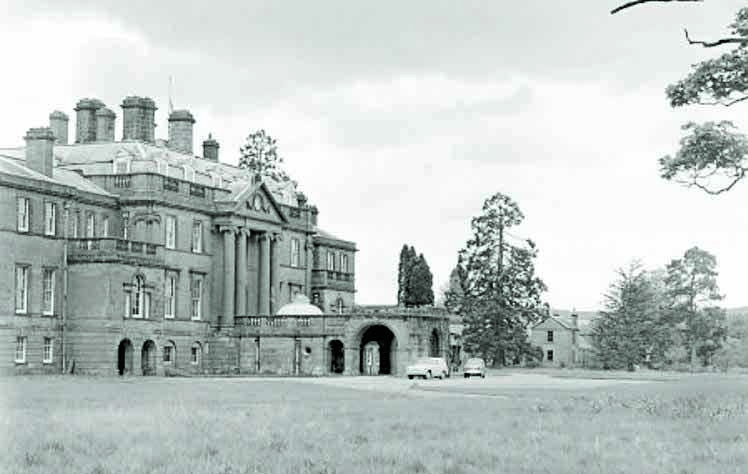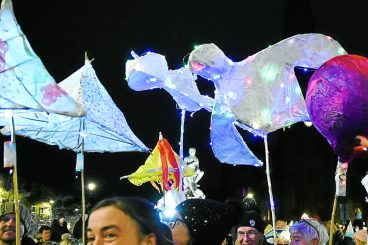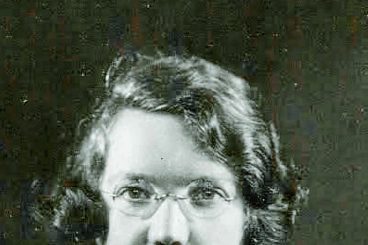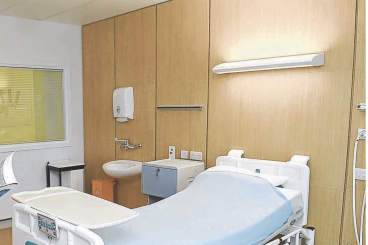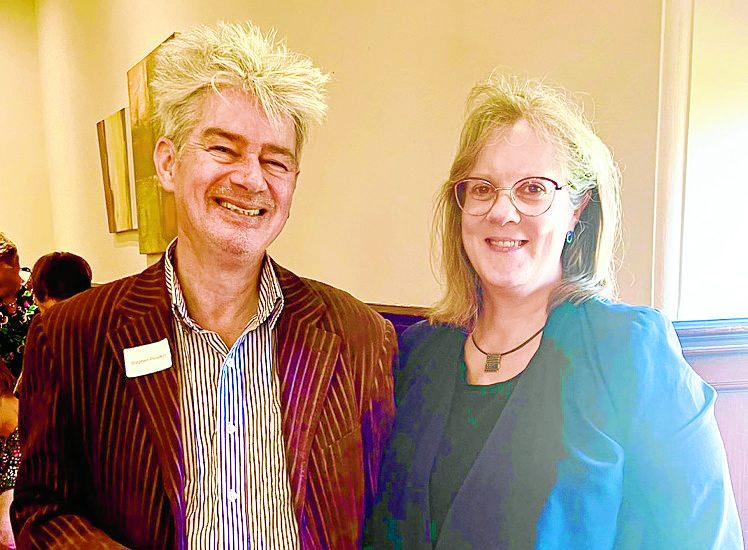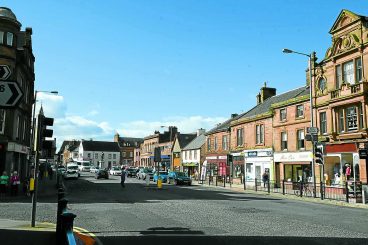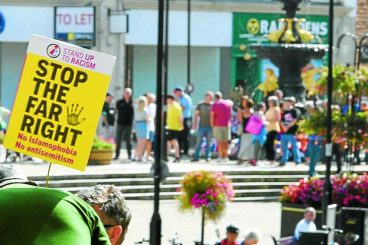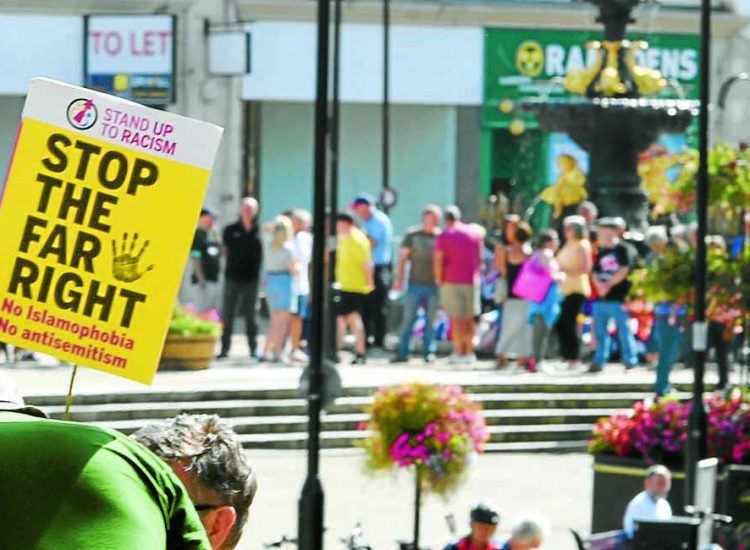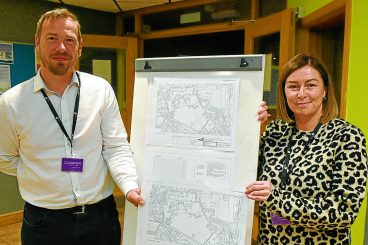The Historic Hospitals gazetteer lists all the different medical sites there has been in the region.
Among those mentioned but no longer in existence is the Jardine Hall Auxiliary Hospital near Lockerbie, above, which was demolished in 1964.
It is described in Groome’s Gazetteer as ‘an elegant mansion with pleasant grounds’ and was originally built as a classical mansion house in about 1814. It was requisitioned by the army during the Great War.
Also knocked down was the Charnwood Maternity Hospital in Dumfries. Originally a stone built villa, it was converted in 1922 with a wing added to provide a labour room and an anaesthetic room.
The original Dumfries Royal Infirmary was built at High Dock in 1778 but is no longer there. The website says: “It was a modest building resembling a gentlemen’s country house. In 1846 the first use of anaesthetics in an operation in Britain was carried out at the Infirmary by Dr William Scott who administered sulphuric ether to a patient”
Castle Douglas’ infectious diseases hospital is another that has since been demolished. It was built c.1910-30 and also called Stewartry Hospital. It originally comprised two single-storey ward blocks and a two-storey administration block.
Although Annan Combination Hospital is no more, many of the buildings have survived, with some now private homes.
It was a small clinic built about 1895 as an infectious diseases hospital and situated to the north-east of the town. The hospital was extended considerably with a further three ward pavilions and ancillary building and had a TB ward block. After 1946 the hospital was converted into a children’s home and later into a home for the elderly.
The original Moffat Hospital was unrecognisable to today’s incarnation. A small cottage hospital originally opened on 9 October 1906, designed by Edward Maidman, of Edinburgh. However, extensive alterations undertaken in 1983‑4 have completely obscured the earlier work. In 1928 a maternity wing was added to the rear of the hospital financed by Sir William Younger in memory of his wife.
In Langholm, the fever hospital was situated ‘at the cemetery near Skipper’s Bridge’, but it was later converted into a hostel for forestry workers on the Buccleuch Estates.
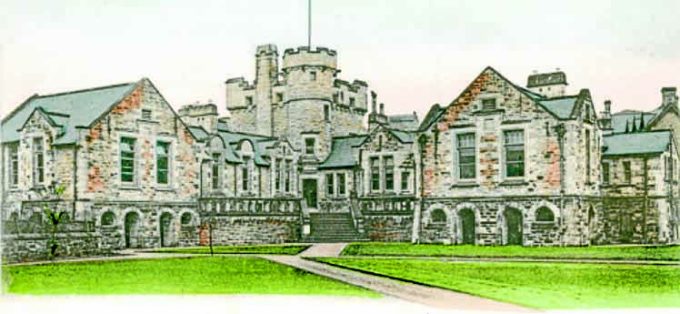
The Muckle Toon also boasts what’s probably the best architectural example of a hospital in The Thomas Hope.
It opened in 1897 and was designed by the London architect JHT Wodd and named after the native who made his fortune in America.
It was in April 1894 that the Hope Trustees announced their resolve for a hospital to be erected in memory of the late Mr Hope, who left over £100,000 to build and endow such an institution.
Records show they stipulated that although the building was not to be very large, it was to be of good architectural character, with the name of the donor inscribed on a suitable panel or tablet.
Wodd worked in partnership with Wilfrid Ainslie and they had already established themselves in the field of hospital design with work at Guys Hospital, London and a hospital at Easingwold, Yorkshire. Their design for the Langholm Hospital certainly abounds in architectural character and one of the buildings’ distinguishing features is its octagonal mortuary.
The Historic Hospitals blog was set up by Harriet Richardson Blakeman following a survey of Scottish Hospitals in 1989-90.
It can be found at Historic-Hospitals.com.





